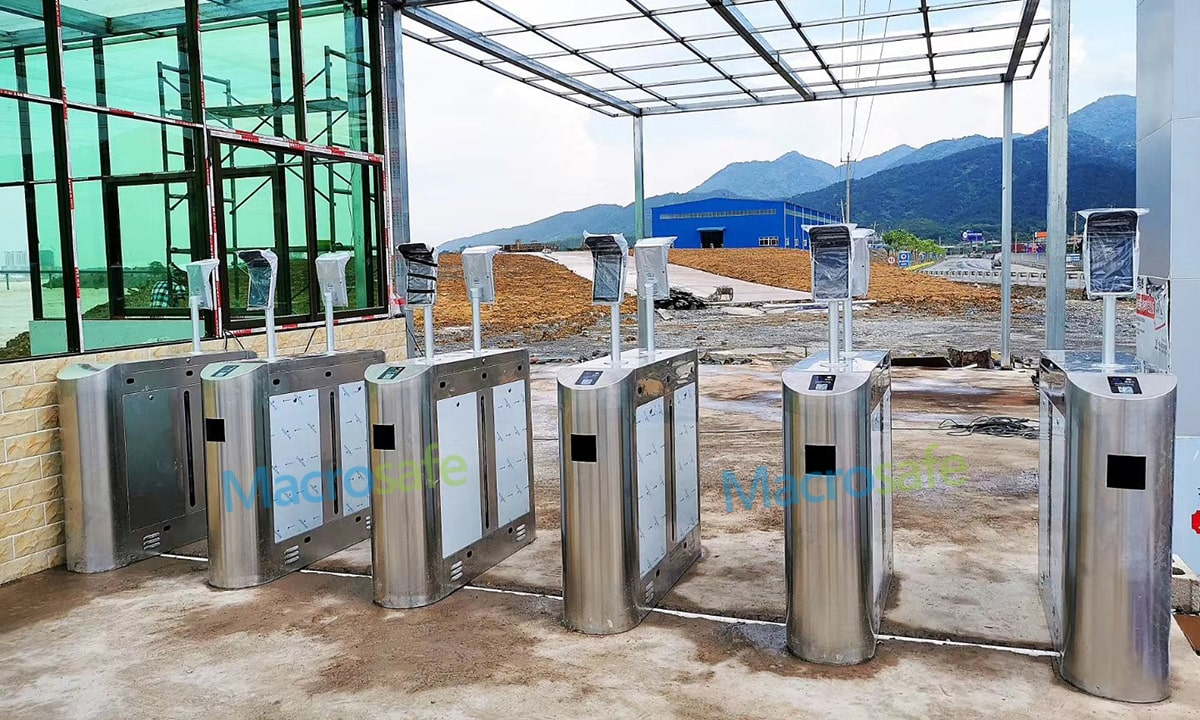What is SAP training course?

What is SAP training course?
An SAP training course is a structured educational program designed to provide individuals and professionals with the knowledge and skills needed to effectively use SAP software in a business or organizational context. SAP, which stands for Systems, Applications, and Products in Data Processing, is a suite of enterprise resource planning (ERP) software applications that help businesses manage various aspects of their operations, such as finance, supply chain, human resources, and more. SAP training courses are offered by authorized training providers and cover a wide range of SAP modules and topics. Here’s an overview of what an SAP training course typically entails:
Introduction to SAP
Most SAP training courses begin with an introduction to SAP, its history, and its significance in the business world. Participants learn about the different SAP modules and the specific functions they serve.
SAP Modules
Courses are often module-specific, focusing on the particular SAP module that participants are interested in or that is relevant to their job roles. Common SAP modules include SAP FI (Financial Accounting), SAP CO (Controlling), SAP SD (Sales and Distribution), SAP MM (Materials Management), SAP HR (Human Resources), and many more.
Installation and Setup
Participants learn how to install, configure, and set up the SAP system for their organization. This includes defining organizational structures, company codes, and other essential components.
Navigation and User Interface
Training covers how to navigate the SAP user interface and make use of various features and tools within the software.
Data Entry and Transactions: Participants are taught how to perform common data entry tasks, such as creating and processing transactions, entering financial data, and managing business processes.
Data Reporting and Analysis
SAP training includes how to generate reports, analyze data, and use SAP’s reporting and analytics capabilities to make informed business decisions.
Integration: Participants learn how different SAP modules can integrate to provide a unified view of an organization’s operations. This is important for understanding the flow of data and processes within SAP.
Best Practices and Workflows
Training emphasizes best practices and workflows relevant to each SAP module. This ensures that participants are aware of industry-standard practices and efficient ways of working with the software.
Customization: SAP training often covers how to customize and configure SAP to meet specific business requirements. This is particularly important for businesses that need to adapt SAP to their unique needs.
Security and Compliance
Participants learn about SAP security measures and compliance requirements to protect sensitive data and ensure regulatory adherence.
Case Studies and Real-Life Scenarios
Some courses include case studies and real-life scenarios to provide practical insights and help participants understand how SAP is use in actual business situations.
Certification Preparation
For individuals seeking SAP certification, many training courses include exam preparation materials and practice tests to help them prepare for SAP certification exams.
SAP training courses may vary in duration, from short workshops to comprehensive programs. They can take in-person, online, or through a combination of both (blended learning). Businesses often provide SAP training to their employees to enhance their SAP skills and maximize the benefits of SAP software in their daily operations. Individuals may also pursue SAP training to improve their career prospects, as SAP skills are in demand in many industries.
What is SAP implementation?
SAP implementation is the process of setting up and integrating SAP software into an organization’s existing business processes and IT infrastructure. which stands for Systems, Applications, and Products in Data Processing, is a suite of enterprise resource planning (ERP) software applications designed to help businesses streamline and manage various aspects of their operations, such as finance, supply chain, human resources, and more. It implementation is a complex and often lengthy undertaking that involves several key stages and activities:
Project Planning
The implementation process typically begins with project planning, where organizations define their goals, objectives, and the scope of the SAP implementation project. This stage involves creating a project team, setting timelines, and establishing budgets.
Business Process Analysis
Organizations analyze their existing business processes to identify areas for improvement and determine how SAP can address specific business needs. This phase often involves consulting with SAP experts and business process owners.
System Configuration
During this stage, SAP software is install and configured to align with the organization’s requirements. This includes setting up organizational structures, company codes, and defining data entry, workflows, and security settings.
Data Migration: Data from the organization’s legacy systems or previous software solutions is migrate to the SAP system. This process requires data extraction, transformation, and loading (ETL) to ensure data integrity.
Customization
SAP software can customize to meet the organization’s specific needs. This may involve modifying existing functionality, creating custom reports, and developing extensions or add-ons.
Integration: SAP software is integrated with other IT systems and applications within the organization. This ensures a seamless flow of data and processes across different departments and functions.
Training
Employees and key users receive training to familiarize themselves with the SAP system. Training can be essential to ensuring that users can effectively operate the software and carry out their roles within the new system.
Testing: Extensive testing is conducte to identify and rectify any issues or errors within the SAP system. This includes unit testing, integration testing, and user acceptance testing.
Go-Live
The SAP system is deploy for actual use within the organization. This marks the transition from the legacy systems to the SAP software.
Post-Implementation Support
After going live, organizations provide ongoing support and maintenance to ensure that the SAP system continues to operate smoothly. This may involve resolving issues, making enhancements, and providing user support.
Continuous Improvement
Organizations continuously evaluate the performance of their SAP system and look for ways to improve business processes, optimize system performance, and maximize the return on investment.
SAP course in Chandigarh implementation is a significant undertaking that can transform how an organization manages its operations. It requires careful planning, effective project management, and the involvement of key stakeholders from various departments. A successful SAP implementation can result in improved efficiency, enhanced data accuracy, better decision-making capabilities, and increased competitiveness in the market. However, it’s important to recognize that SAP implementation can complex and may involve challenges, so organizations should be prepared for thorough planning and ongoing commitment to ensure its success.
Read more article:- Kpongkrnlkey.




